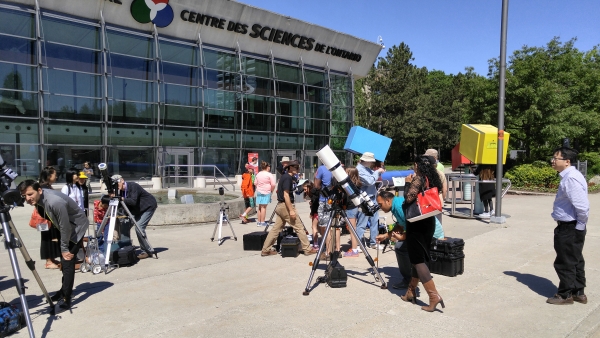
11
November
Solar Observing at Ontario Science Centre - November 2023 (GO for November 11)
Enjoy safe views of the Sun every first Saturday of the month at the Ontario Science Centre!

4
November
Gigantic Jupiter - The Gas Giant at Opposition at the DDO
Join us at the Richmond Hill David Dunlap Observatory as, Jupiter, will make its closest approach to Earth in 59 years - an astronomical arrangement known as opposition.
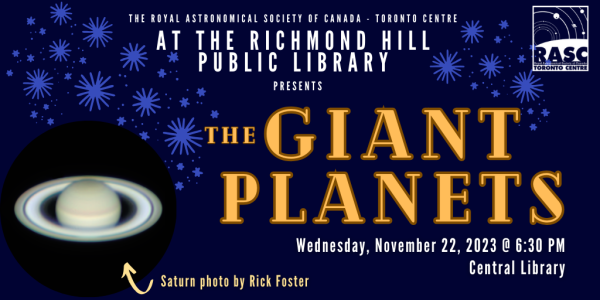
22
November
The Giant Planets at the Richmond Hill Public Library
Join us to learn about the surprising features of the gas giants, Jupiter and Saturn, and ice giants, Uranus and Neptune.

14
October
Solar Eclipse at Ontario Science Centre - October 14, 2023
Enjoy safe views and learn about the partial Solar Eclispe at the Ontario Science Centre!
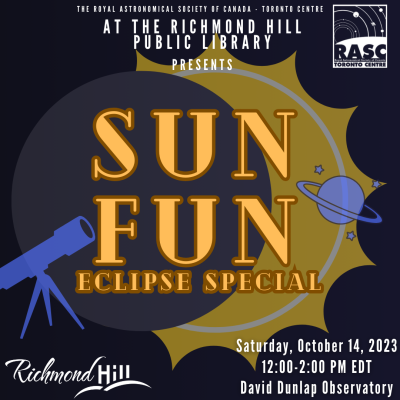
14
October
Sun Fun: Annular Solar Eclipse!
Join the Astronomers at the Richmond Hill David Dunlap Observatory Astronomers and experience the annular eclipse.
Learn about the sun and practice safe solar observing!

29
August
RASC National Society: The Insider's Guide to the Galaxy FINALE
Join us online to learn basic astronomy that you can do on your own from your backyard!
The spring sky hosts both very bright stars and very dim galaxies.
We'll talk about the system astronomers use to measure and report the brightness of celestial objects - from luminosity to absolute and apparent brightness, to surface brightness.
Please note, this will be the last episode of Insider's Guide to the Galaxy.
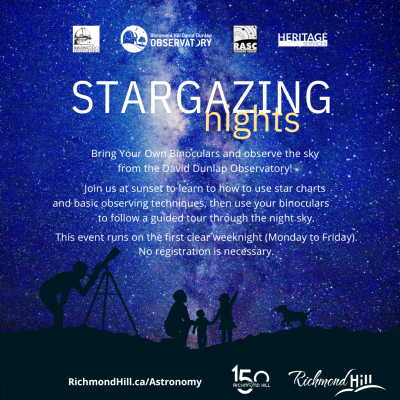
27
September
Stargazing Night - September 2023 (GO for Wednesday)
Bring Your Own Binoculars and observe the sky from the David Dunlap Observatory!

28
August
Stargazing Night - August 2023
Bring Your Own Binoculars and observe the sky from the David Dunlap Observatory!
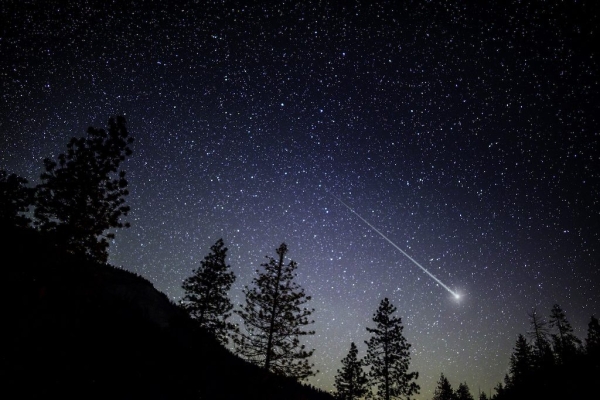
12
August
Perseid Meteor Shower Watch 2023 (SOLD OUT)
Come watch the Perseids, one of the best meteor showers of the year, on the open field beside the Rouge Valley Conservation Centre.
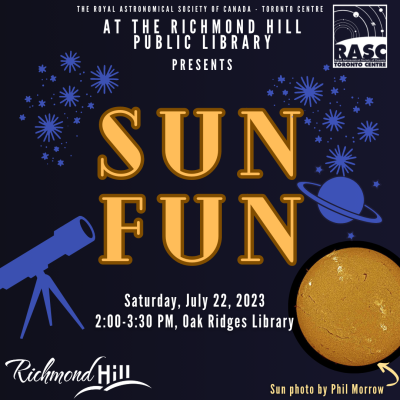
22
July
RASCTO Sun Fun at Richmond Hill Public Library
Summer is time for fun in the sun, but what do you really know about our nearest star?
